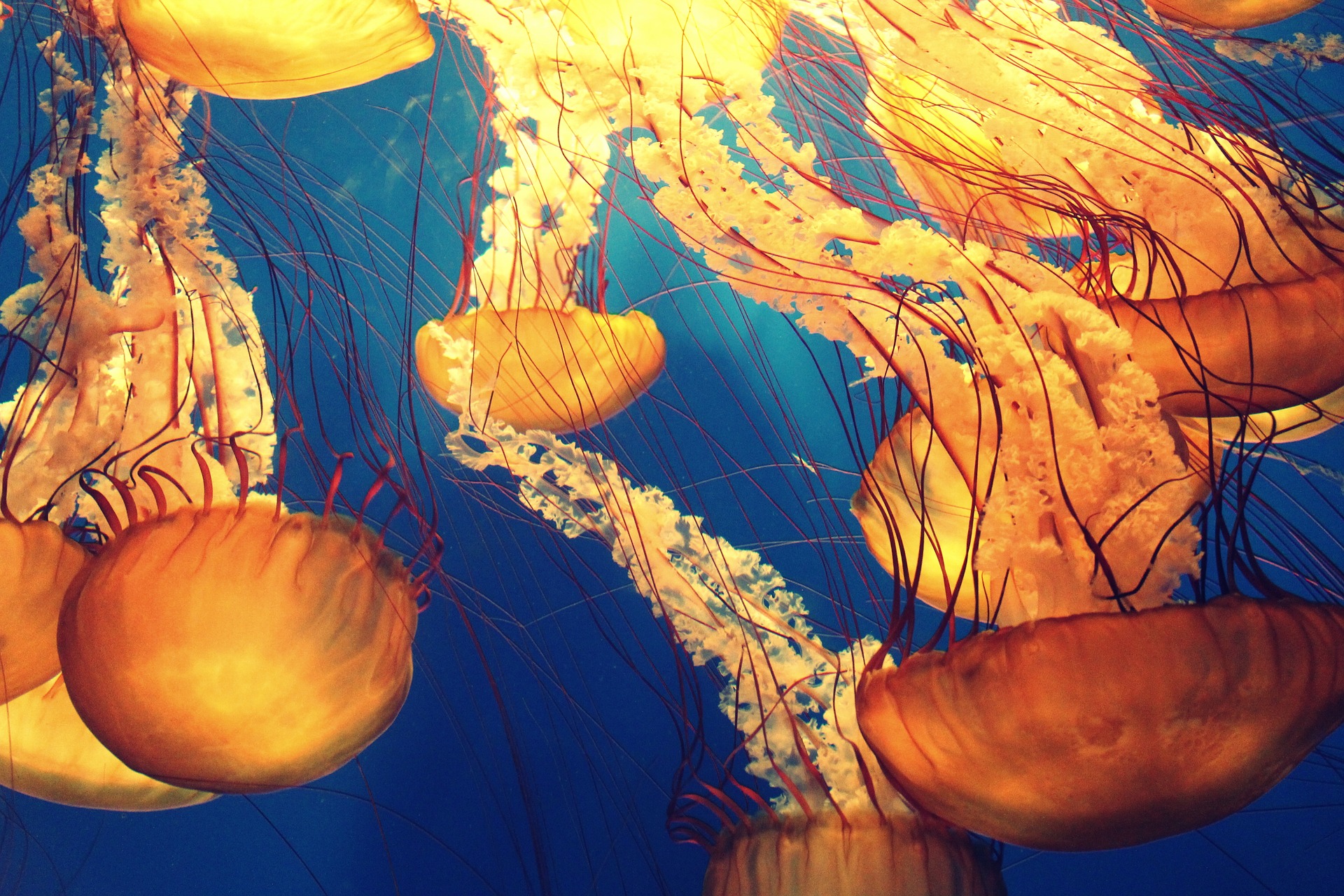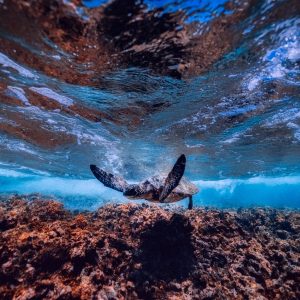COURSE STRUCTURE
There are 10 lessons as follows:
- Introduction & Simple Organisms (Protists, Sponges etc)
- Marine Plants
- Cnidarians & Worms:
- Anemones
- Jellyfish
- Crustaceans
- Flatworms
- Arthropods
- Molluscs
- Echinoderms:
- Starfish
- Sea Urchins
- Sea Cucumbers
- Non Bony Fishes:
- Lampreys
- Hagfishes
- Sharks
- Rays
- Bony Fishes I
- Bony Fishes II
- Marine Mammals
Each lesson culminates in an assignment which is submitted to the school, marked by the school’s tutors and returned to you with any relevant suggestions, comments, and if necessary, extra reading.
SUMMARY OF COMPETENCIES DEVELOPED
On successful completion of the course you should be able to do the following:
- Describe the variety and nature of microscopic animals which occur in marine environments.
- Describe the variety and nature of a range of different types of marine plants.
- Describe the variety and nature of a range of different types of cnidarians and marine worms.
- Describe the variety and nature of arthropods in marine environments.
- Describe the variety and nature of Molluscs in marine environments.
- Differentiate between different classes of Echinoderms and selected families within those classes.
- Describe the shared characteristics and distinguishing features of a selection of different species of non-bony fish.
- Describe characteristics of bony fish, including anatomy, physiology and behaviour.
- Differentiate between different families of bony fish.
- Describe the taxonomic characteristics of groups of marine animals including reptiles, birds and mammals.
WHAT THE COURSE COVERS
Here are just some of the things you will be doing:
- What is a protist?
- Draw a table to compare three different phyla of marine protists.
- Explain the differences between sponges, krill and plankton.
- Produce a table that compares the characteristics of the three different types of algae.
- Explain the difference between seaweed and seagrass.
- How important are marine plants to the survival of marine animals?
- Explain features that distinguish different types of worms apart, including:
- Flatworms
- Ribbon Worms
- Segmented Worms
- Peanut Worms
- Present a report on research on the Cnidarians.
- Explain the formation of coral reefs. Why are they considered one of the most biologically productive environments?
- What are the advantages of the arthropod’s body structure compared to the structure of the less complex animals studied so far in this course?
- Research the living environments of one local arthropod and consider how its body structure and feeding mechanism is adapted to its environment.
- What limitations in lifestyle and behaviour might be imposed by the structure of arthopods?
- Differentiate between cephalopods, gastropods and bivalves.
- Describe the feeding and defence mechanisms of two different molluscs.
- Describe the advantages and disadvantages of the echinoderm’s radially symmetrical body.
- What are the feeding, breeding and defence characteristics of echinoderms?
- Select 3 echinoderms and describe their method of reproduction.
- Describe the sensory and behavioural adaptations that sharks and rays use for defence and feeding.
- Do sharks deserve their reputation as maneaters?
- What are the main differences between sharks and rays, and what are main benefits to them of these differences?
- Describe the relationship between a particular kind of lamprey (ideally, one found locally) and its host, considering who benefits and/or who does not, and why.
- List three families of local bony fish.
- Briefly describe the biological characteristics of three fish families:
- structure
- feeding
- colouration
- reproductive
- defence mechanisms
- Discuss the behavioural characteristics of the three families you researched:
- territorial behaviour
- migration
- schooling
- reproductive behaviour
- Draw and describe the gills of bony fish, and explain their function.
- What families of fish are characterised by their habit of sitting perched on their lower fins?
- What are the special adaptations of fish and other marine organisms that live in the mid to deep zones of the ocean?
- List the most significant bony fish that occur in your nearest marine waters, and briefly describe their marine environment.
- Research in detail 1 marine reptile and 2 marine mammals.






